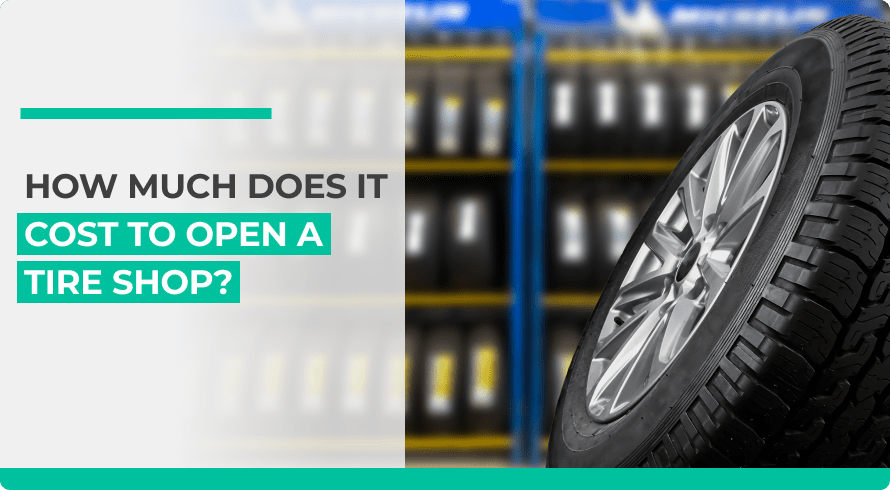The Science Behind Tire Repair and Safety And Security
When it concerns the intricate globe of tire upkeep and safety and security, there exists a world of scientific research that typically stays undetected by the typical chauffeur - morris tire service. The products that compose a tire, the influence of tire pressure on general safety and security, the ramifications of walk wear, the detailed characteristics of tire traction, and the often-overlooked importance of proper wheel alignment all play vital duties in making certain a car operates securely and successfully. As we navigate through the complexities of tire repair and safety and security, it comes to be obvious that a much deeper understanding of these clinical concepts is not just valuable however essential for every driver when traveling
Tire Make-up and Capability
What materials comprise the structure of tires, and how do these elements add to their performance when driving? Tires are complicated items, commonly made from a combination of rubber compounds, fabric, steel cables, and other chemical ingredients. One of the most common type of rubber used in tires is synthetic rubber, which provides durability and resistance to wear and tear. The fabric layers, often made of polyester, rayon, or nylon, provide strength and security to the tire framework. Steel cords are included to improve the tire's stamina and help it keep its form under different road problems.
The composition of tires plays a vital duty in their performance when traveling - tire tracks morris il. The rubber compounds supply hold and traction, enabling the tire to abide by the roadway surface and provide security throughout velocity, braking, and cornering. The material and steel layers add to the tire's capacity to endure pressure, maintain its form, and sustain the car's weight. Generally, the cautious option and combination of these products ensure that tires can carry out efficiently and securely on numerous roadway surfaces and conditions.
Effect of Tire Pressure on Security
On the various other hand, overinflated tires have less contact with the roadway surface, lowering grip and causing irregular wear on the tire footsteps. Properly filled with air tires additionally play an important duty in fuel effectiveness, as underinflated tires can boost moving resistance, leading to lowered gas mileage. On a regular basis inspecting and preserving the correct tire stress not just makes certain safety however additionally prolongs the life expectancy of the tires, conserving on substitute costs in the long run.
Tread Put On and Its Implications
Correct surveillance of tire step wear is important for making certain ideal performance and security when traveling. As tires wear down, the depth of the tread decreases, reducing the tire's capacity to keep grip, especially in damp or slippery conditions. The tread pattern and depth play an important function in directing water away from the tire to avoid hydroplaning and preserving hold site web on the roadway surface area.
Signs of excessive tread wear consist of bald places, uneven wear, and the appearance of wear indicators. Bald spots indicate localized wear, which can bring about instability and raised risk of blowouts. Irregular wear might suggest issues with tire inflation, suspension, or positioning parts. Put on indicators are constructed into the tire step and come to be visible when the tread deepness reaches a specific nadir, showing the demand for immediate substitute.

Comprehending Tire Traction Characteristics
Monitoring tire walk wear not just makes sure optimum efficiency and security however additionally directly influences the traction characteristics of the tires on various road surfaces. Tire grip is an essential element of lorry handling and safety, as it figures out the grasp between the tires and the road. Traction dynamics differ depending on roadway conditions such as completely dry pavement, damp roads, snow, or ice.

Understanding tire traction dynamics is vital for motorists to adapt their driving actions according to the road problems. tire shop near me. On a regular basis inspecting tire step deepness and condition can dramatically boost traction performance, ensuring safer driving experiences throughout various surface areas
Importance of Appropriate Wheel Placement
Making sure correct wheel alignment plays a vital duty in enhancing vehicle efficiency and extending tire durability. Proper wheel alignment includes readjusting the angles my site of the wheels to manufacturer specifications, making sure that they are vertical to the ground and parallel to each other. When positioning is off, it can result in unequal tire wear, decreased gas efficiency, and endangered handling.
Among the key benefits of maintaining correct wheel alignment is improved managing and stability. Misaligned wheels can cause the vehicle to pull to one side, impacting guiding control and total driving experience. Additionally, right alignment promotes also tire wear, protecting against early tire substitute and conserving on upkeep expenses in the long run.

Final Thought
In conclusion, the scientific research behind tire fixing and security is my website critical for maintaining car efficiency and guaranteeing motorist security. By recognizing tire make-up, stress, walk wear, grip characteristics, and wheel positioning, vehicle drivers can prevent accidents and prolong the lifespan of their tires.
The materials that compose a tire, the impact of tire stress on total safety, the implications of walk wear, the elaborate characteristics of tire grip, and the often-overlooked significance of appropriate wheel placement all play essential roles in ensuring a lorry runs securely and successfully. On the other hand, overinflated tires have less call with the road surface, reducing traction and causing unequal wear on the tire treads. Regularly examining and keeping the right tire stress not only makes sure safety and security yet additionally extends the life expectancy of the tires, conserving on substitute expenses in the long run.
Keeping an eye on tire tread wear not just guarantees ideal efficiency and safety and security however likewise straight impacts the traction dynamics of the tires on different road surface areas. Tire grip is a vital facet of car handling and safety, as it figures out the hold between the tires and the road.